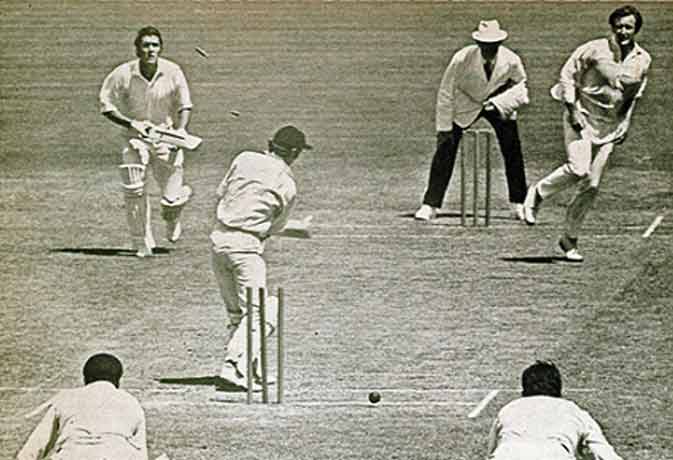T20 Cricket: A revolution or death of the longer formats?
Cricket started its journey ages ago in 1877 with a timeless game between England and Australia. Unlike the modern-day sport, the game used to be much simpler and nothing was showy about it. Test cricket was the only format and games were played without any sort of a restriction of time. With the changing dynamics of society, the concept of timeless tests was brought to an end and a 6-day duration was set for the matches.
The ODIs come aboard

In the following years, the game was tweaked many times, and different variations in the form of 3, 4, and 5-day matches were tried and tested before finally arriving at the 5-day template in 1957. Though the longest format of the game was tweaked and modified continuously in the years from 1930 to 1957, the game of cricket observed a new format known as One Day Internationals in 1971 i.e. after 94 years passed after the first Test played in 1877. As goes the saying, change is the only constant, another revolutionary and new format came to fore a little more than three decades late in the form of 20-over cricket. The advent of Twenty20 has been arguably the most inventive and significant development in the game.
It is said that humans sustain in a global village and globalization, economic progress, and commercialization have become the norms of the world. The attention spans of people are getting shorter with each passing day and even though Test matches are the purest format of the game, the governing bodies of cricket have come up with newer and shorter formats to keep cricket commercially feasible. The times have changed as commerce and cricket got combined. The sport no longer remains an activity, a hobby, or occupation, but is also business.
The T20 revolution
And the age-old belief of players that playing for their country is the highest honour of the sport has changed to playing cash-rich and short format leagues around the world. Money has started to control the game. Talented cricketers from countries like Hong Kong, Afghanistan, and Nepal are already making big money, travelling to different competitions in different parts of the world.
But why was this required? ICC has over 100 member-nations out of which only 12 are full members i.e. they can play official Test matches. What about the rest? They are just associates. Indeed they cannot even be expected to play the longest and toughest format of the game. And it is in this sense, T20 cricket has revolutionized the sport. It has given unknown, restricted, and talented players a platform to have a go and dream big. Since the international calendar cannot accommodate as many matches, the leagues such as BPL, PSL, CPL, BBL, IPL, SPL, and more have risen.
Future of Test cricket
But is the fast-paced cricket killing the longer formats? Certainly not. Test cricket is the true battle between bat and ball. A game involving not only skill but also durability, technique, and patience. A game that is much more intricate, tactical, and sophisticated. Yes, the busy lives of people have left less time at their disposal to watch or appreciate the nuances of Test cricket but the reality of the games remains that the longest format is irreplaceable.
